You might think that a gin and tonic is a pretty obvious cocktail. What’s so special about something that spells out its own name? But so does mac and cheese. And who among us would argue that’s not special, too?
When it’s made well, there’s just something comforting about a refreshing good gin and tonic (or G&T if you’re short on vowels). It’s a cocktail that exudes simplicity and class. It’s like a pair of Manolo Blahniks. Except without having to go bankrupt to afford them.
Here’s a dive into the drink’s history, how to make it better than you ever did in college, and some fun variations.
What Is a Gin and Tonic?
A gin and tonic is a cocktail that’s made with (can you guess?) gin and tonic water. If you guessed right, you win a virtual gold star. Sorry, that’s the best we can do. The holiday season was expensive.
It’s typically served in a highball glass over ice cubes and garnished with a lime wedge. Some people also include a splash of fresh lime juice.
Why exactly do we drink this cocktail? Well, we drink it because we’re trying to show our parents that we’re grown-ups who don’t drink PBRs anymore. But as far as why everyone else drinks them, we can thank malaria.
Well, no one should actually thank malaria. But the gin and tonic cocktail has its roots in malaria prevention. In South Africa, locals used the bark of the cinchona tree to prevent the deadly disease.
It turns out that quinine was the part of the tree that worked against malaria. In the 1800s, that was extracted from the bark, turned into a powder, and given to British soldiers to ward off the disease.
But…it tasted awful. So they mixed it with sugar and fizzy water, which eventually evolved into what we now know as tonic.
Now, it’s hard to know who the first person was to mix the tonic with gin. But in 1868, the now classic cocktail was mentioned in Oriental Sporting Magazine. Just call that the OG TikTok for G&Ts.
How to Make a Gin and Tonic
These days, gin and tonics are a little more sophisticated and complicated than their name or origin would suggest. Much of that comes down to ratios and the type of both the gin and the tonic. And how big of a handlebar mustache your hipster bartender has.
The perfect ratio for you is as unique as your fingerprints. And before you ask, yes, that means even identical twins argue over whether or not there’s too much gin. But many recipes suggest that there should be at least two parts tonic to one part gin.
The types of gin and tonic you use also affects the taste. Many recipes suggest using London dry gins (which is strange because we’ve always heard London is pretty rainy). Bombay Sapphire is also a popular choice for its citrus notes, which mix well with the hints of juniper.
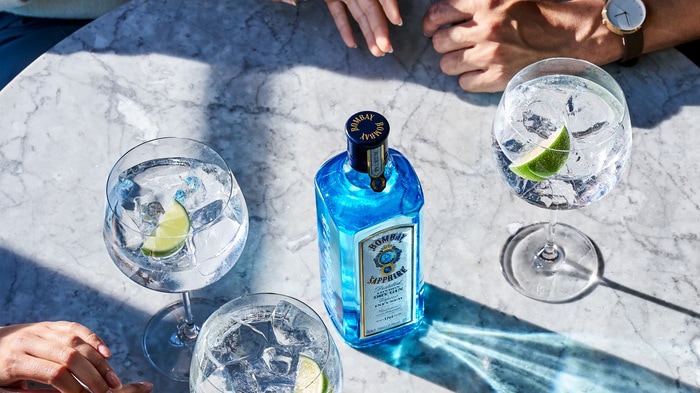
Some mixologists claim that the best gin and tonic isn’t made with tonic water at all. But before you say, “That’s not a gin and tonic, then,” hold your horses.
You can use tonic syrup instead. You just need to keep in mind that you’ll need to mix some kind of soda water in there as well. Or else you’re just drinking bitter-flavored gin. Yummy!
Ingredients
- 1 part gin
- 2 parts tonic water
- fresh lime wedge
- ice cubes
Directions
- Place ice cubes in a highball glass.
- Pour the gin over the ice cubes.
- Pour the tonic water over the gin.
- Gently stir them together, being careful not to overstir and lose the carbonation.
- Garnish the highball glass with a lime wedge.
Gin and Tonic Variations
1. Gin Sonic
Despite what the name would have you believe, Gin Sonic is not a gin-loving blue hedgehog. It’s a lighter version of a gin and tonic in which you replace some of the tonic water with soda water. This helps to bring out the flavor of the gin and balance the cocktail’s sweetness.
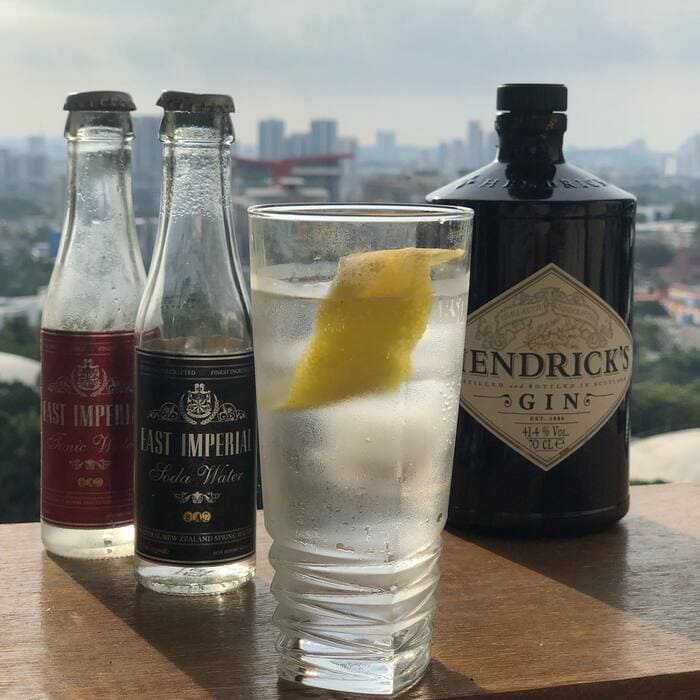
2. Gin and Tonic and Champagne
Want some extra booze with your booze? Champagne adds some extra fizz to the classic cocktail, and using orange instead of lime adds a refreshing citrus touch.
We tried to come up with a more original name for this recipe, but our editor nixed “Bubbles McGin Face.”
3. Elderflower Gin Cocktail
If elderflower isn’t a part of your cocktail repertoire, then you’re missing out. For this drink, add it to the usual G&T, swirl in some lemon juice, and garnish with thyme. Then, slide it on over to us. Thanks!
4. Sloe Gin and Tonic
No, this doesn’t just mean it’s poured slowly. And sloe gin isn’t actually a gin at all. It’s a liqueur!
In addition to turning your tonic drink red, it’ll also give it a sweet, fruity flavor. So if your bar doesn’t serve gummy bears as an appetizer, try this gin and tonic variation instead.
4. Rum and Tonic
Okay, this is a pretty big variation. But tonic works well with all types of rum. If you use dark, aged rum, you’ll get a drink that’s similar to a Dark and Stormy. Cool lightning strikes not included.
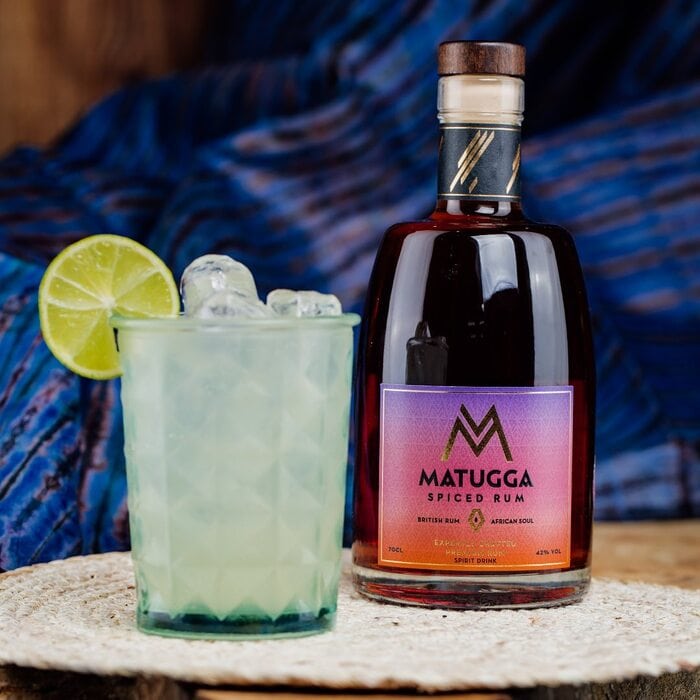
- How To Make A Perfect Gin And Tonic - May 24, 2023
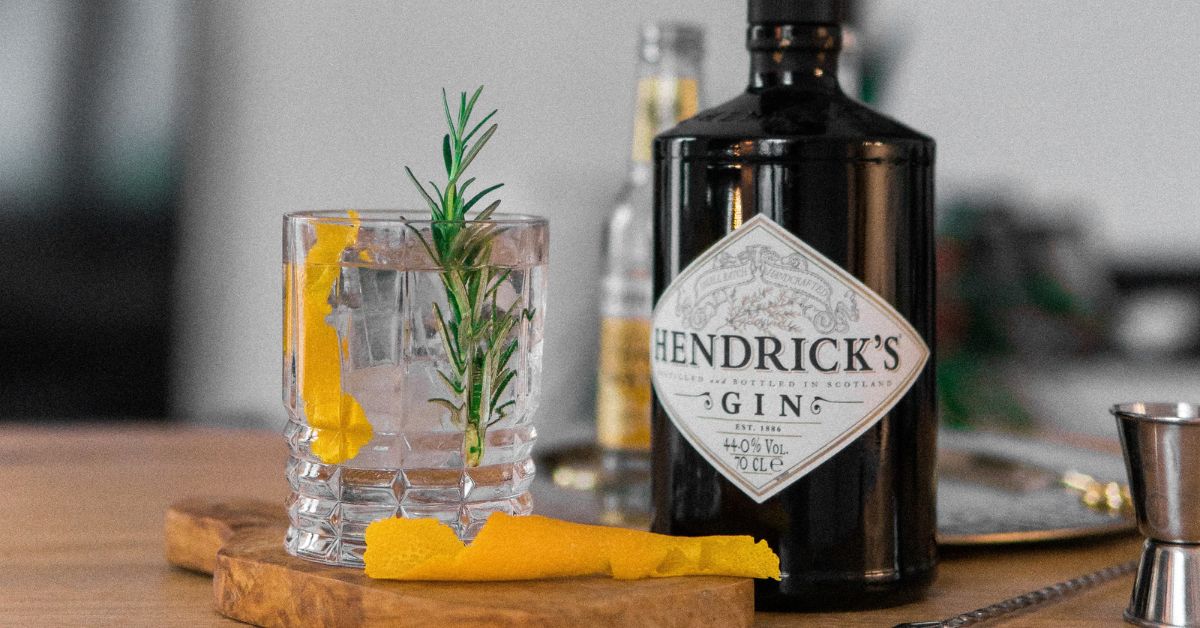
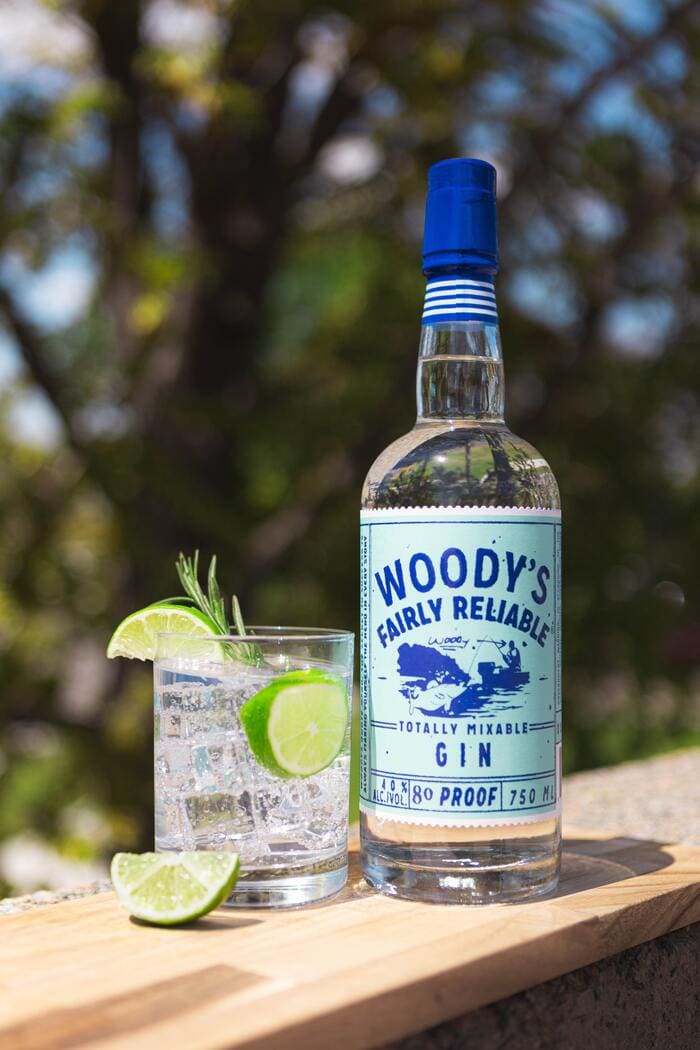
Leave a Comment